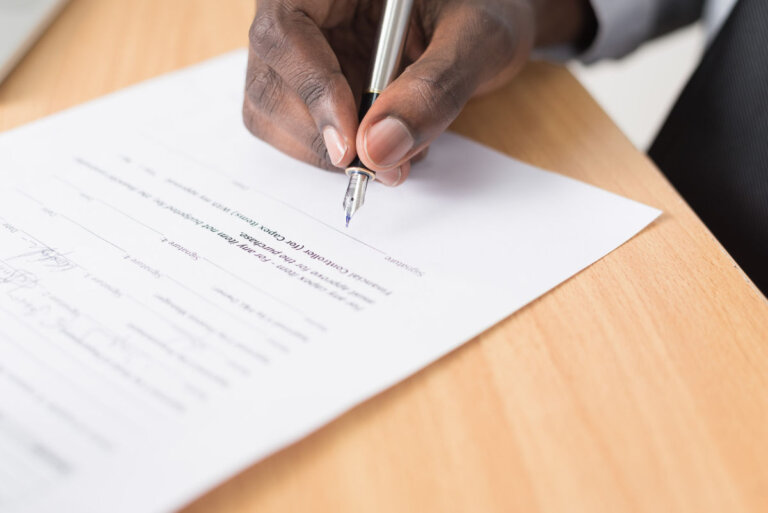One of the hurdles inventors must clear when applying for patent protection is proving that their idea or creation is “novel.” But what is a novel invention? Does that mean you can only patent a brand-new idea for something the world has never seen? Fortunately, no — but your invention does need to be something that the average person would consider to be new, and not simply a modification of a design that already exists. Your invention must not have been previously known or used before you created it. In addition, it cannot have been described in any written publication.
In order to determine whether the claims in your patent application pass the novelty test, the USPTO patent examiner will look at both prior art and other previously filed patent applications (both approved patents and patents for which the applications are still pending), looking for any evidence that your invention or idea is already out in the world. You could inadvertently fail the novelty test if your invention was profiled in a trade publication or if you sold the invention rights to someone else prior to filing your patent application.
Dealing With a Section 102 Patent Rejection
Section 102 of U.S. Code: Title 35 is the section of patent legislation which addresses novelty. If you receive a Section 102 patent rejection on the basis that your claim was anticipated, it means the patent examiner believes that prior art covers all elements of a claim in your patent application and that, as a result, your invention or idea is not novel. As previously discussed, your application may also be rejected as failing to meet the novelty standards if it was publicly known or publicly available prior to the date of your patent application.
There are several possible ways you could overcome the setback of a patent application being rejected for alleged failure to meet the novelty standards in Section 102. An experienced patent attorney can help you determine which of these approaches may make sense for your invention.
- Show that prior publication was not widely available or that an exception applies: If your application was rejected because an article about it appeared in a trade journal, you may be able to overcome this rejection by demonstrating that the publication was not sufficiently accessible to the public and that therefore, you did not actually make prior disclosure. There are also exceptions in Section 102 for public disclosure made within a year of the filing date by the inventor, a co-inventor, or someone who received the information from an inventor or co-inventor.
- Amend the claims to clarify or include additional information: Sometimes, it is possible to amend the claims you made in your initial patent application to either clarify one or more elements of it or to include additional elements which serve to narrow the scope of your claim. The goal of this approach is to sufficiently differentiate your idea/invention from any prior art.
- Demonstrate that claims are distinguishable from prior invention: With the help of your patent attorney, you could demonstrate, through persuasive legal arguments, that every claim made in your application was not, in fact, covered by or anticipated by prior art and that your invention does meet the novelty standards in Section 102.
Evaluate Your Next Move With Bold Patents’ Help
A Section 102 patent rejection may have you rethinking the viability of your idea or invention. However, don’t automatically assume that your quest for a patent is over. At Bold Patents, we provide a wide range of patent services, including patent novelty assessment services, to inventors, entrepreneurs, scientists, and others. We can work with you to evaluate your idea’s novelty and determine whether there are options you could pursue to overcome a novelty rejection.
To get started or to learn more, schedule your complimentary Discovery Call today.

